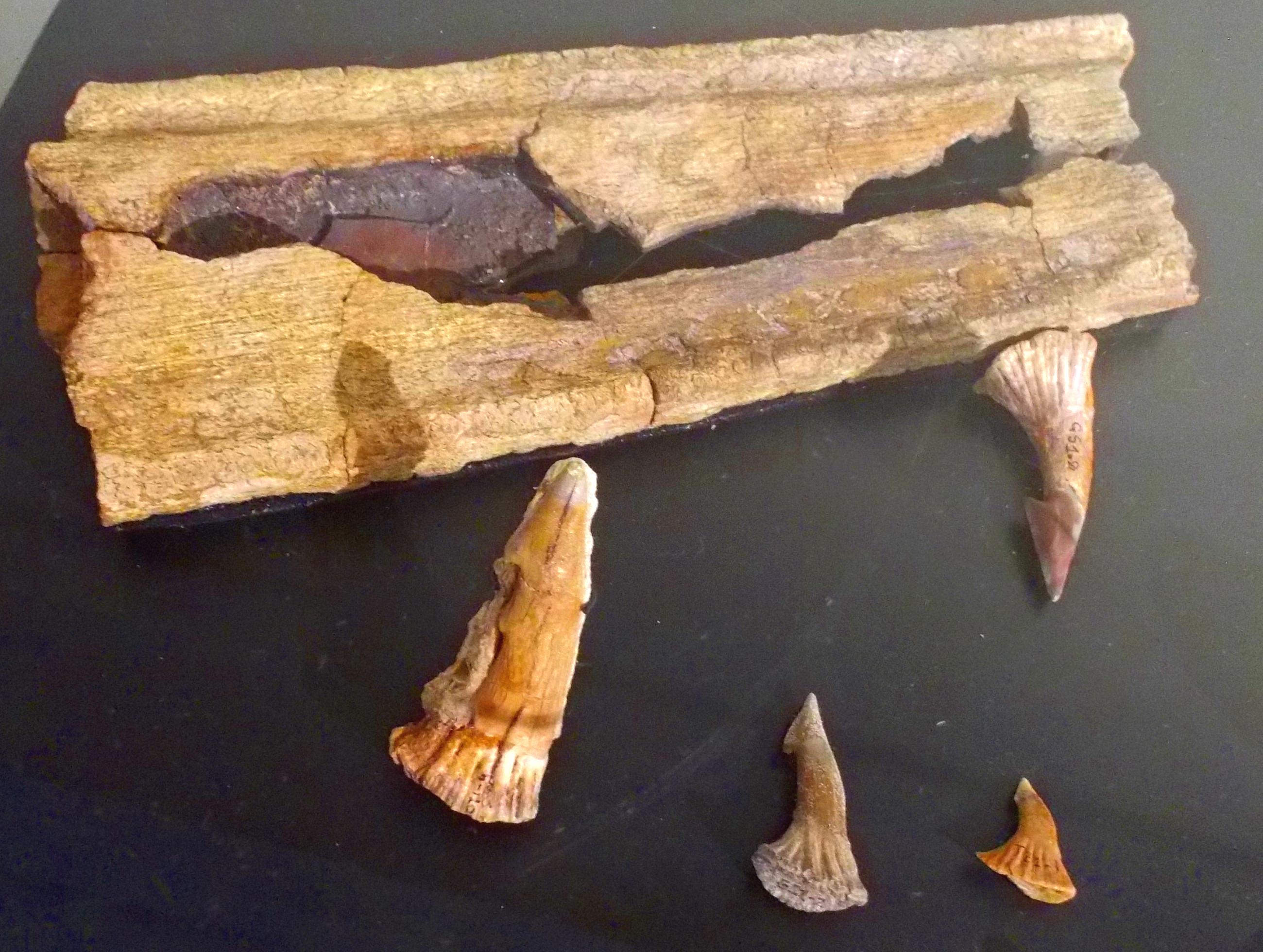|
Galianemys Whitei
''Galianemys'' is an extinct genus of turtle in the family Bothremydidae, discovered in the Kem Kem Beds. References Further reading * Gaffney E. S., Tong H., et al (2002) Galianemys, a new side-necked turtle (Pelomedusoides: Bothremydidae) from the Late Cretaceous of Morocco, American Museum Novitates 3379, 1-20 * Gaffney E. S., Tong H., et al (2006) Evolution of the side-necked turtles: The families Bothremydidae, Euraxemydidae, and Araripemydidae, Bulletin of the American Museum of Natural History 300, 1-318 Bothremydidae Prehistoric turtle genera Fossil taxa described in 2002 Extinct turtles {{turtle-stub ... [...More Info...] [...Related Items...] OR: [Wikipedia] [Google] [Baidu] |
Bothremydidae
Bothremydidae is an extinct family of side-necked turtles (Pleurodira) known from the Cretaceous and Cenozoic. They are closely related to Podocnemididae, and are amongst the most widely distributed pleurodire groups, with their fossils having been found in Africa, India, the Middle East, Europe, North America and South America. Bothremydids were aquatic turtles with a high morphological diversity, indicative of generalist, molluscivorous, and piscivorous diets. Unlike modern pleurodires, which are exclusively freshwater, bothremydids inhabited freshwater, marine and coastal settings. Their marine habits allowed bothremydids to disperse across oceanic barriers into Europe and North America during the early Late Cretaceous (Cenomanian). The youngest records of the group are indeterminate remains from Saudi Arabia and Oman, dating to the Miocene. Taxonomy The family is split into two subfamilies and a number of tribes. Bothremydidae *'' Pleurochayah appalachius'' Adrian et al., ... [...More Info...] [...Related Items...] OR: [Wikipedia] [Google] [Baidu] |
Kem Kem Beds
The Kem Kem Group (commonly known as the Kem Kem beds) is a geological group in the Kem Kem region of eastern Morocco, whose strata date back to the Cenomanian stage of the Late Cretaceous. Its strata are subdivided into two geological formations, the lower Gara Sbaa Formation and the upper Douira Formation. It is exposed on an escarpment along the Algeria–Morocco border. The unit unconformably overlies Paleozoic marine units of Cambrian, Silurian and Devonian age, and is itself capped by limestone platform rock of Cenomanian-Turonian age. It primarily consists of deltaic deposits. The lower Gara Sbaa Formation primarily consists of fine and medium grained sandstone, while the Douira Formation consists of fining-upwards, coarse-to-fine grained sandstones intercalated with siltstones, variegated mudstones, and occasional thin gypsiferous evaporites. Dinosaur remains are among the fossils that have been recovered from the group.Weishampel, David B; ''et al.'' (2004). "Dinosau ... [...More Info...] [...Related Items...] OR: [Wikipedia] [Google] [Baidu] |
Prehistoric Turtle Genera
Prehistory, also known as pre-literary history, is the period of human history between the use of the first stone tools by hominins 3.3 million years ago and the beginning of recorded history with the invention of writing systems. The use of symbols, marks, and images appears very early among humans, but the earliest known writing systems appeared 5000 years ago. It took thousands of years for writing systems to be widely adopted, with writing spreading to almost all cultures by the 19th century. The end of prehistory therefore came at very different times in different places, and the term is less often used in discussing societies where prehistory ended relatively recently. In the early Bronze Age, Sumer in Mesopotamia, the Indus Valley Civilisation, and ancient Egypt were the first civilizations to develop their own scripts and to keep historical records, with their neighbors following. Most other civilizations reached the end of prehistory during the following Iron Age. T ... [...More Info...] [...Related Items...] OR: [Wikipedia] [Google] [Baidu] |
Fossil Taxa Described In 2002
A fossil (from Classical Latin , ) is any preserved remains, impression, or trace of any once-living thing from a past geological age. Examples include bones, shells, exoskeletons, stone imprints of animals or microbes, objects preserved in amber, hair, petrified wood and DNA remnants. The totality of fossils is known as the ''fossil record''. Paleontology is the study of fossils: their age, method of formation, and evolutionary significance. Specimens are usually considered to be fossils if they are over 10,000 years old. The oldest fossils are around 3.48 billion years old to 4.1 billion years old. Early edition, published online before print. The observation in the 19th century that certain fossils were associated with certain rock strata led to the recognition of a geological timescale and the relative ages of different fossils. The development of radiometric dating techniques in the early 20th century allowed scientists to quantitatively measure the absolute ... [...More Info...] [...Related Items...] OR: [Wikipedia] [Google] [Baidu] |


